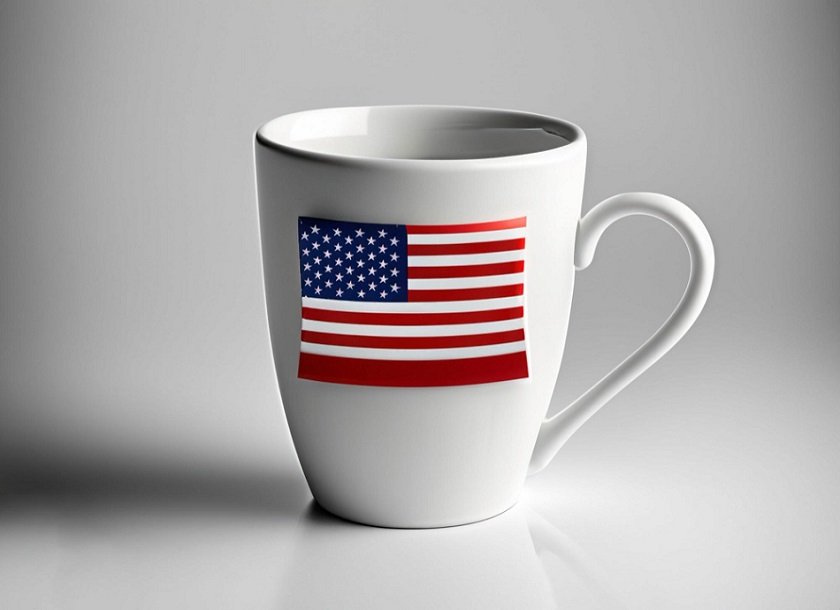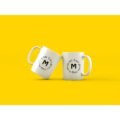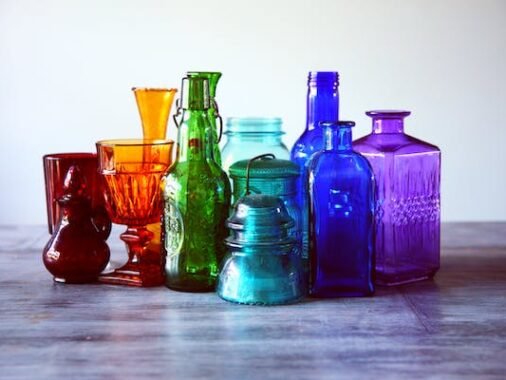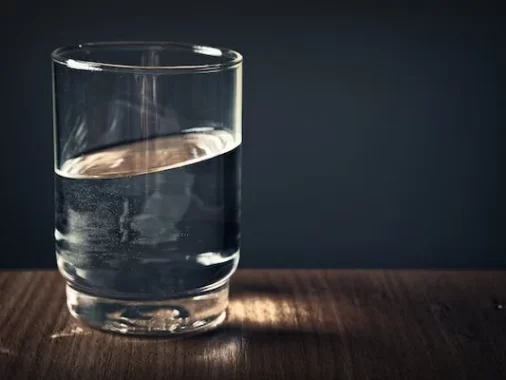In the culinary world, the key to perfecting recipes often comes down to precise measurements. An ounce here, a cup there, a slight miscalculation can be the difference between a culinary masterpiece and an unsavory dish. One of the common questions budding chefs and bakers find themselves asking is, “How many cups is 16 ounces?” In this guide, we unlock the answer to this question and shed light on the crucial art of cup conversion.
Understanding Measurements
Before we delve into the specifics, it is pivotal to understand that ‘ounce’ is a unit of measurement used to quantify both liquid (fluid ounce) and dry (weight ounce) ingredients. In this article, we will focus on the liquid measurement, interpreting 16 ounces in terms of cups.
A US cup is defined as 8 US fluid ounces, derived from the US customary system of measurement. Therefore, when we refer to “ounces” in this guide, we mean US fluid ounces.
Breaking Down 16 Ounces to Cups
Using the established knowledge that a cup equates to 8 ounces, the calculation becomes straightforward. Dividing 16 ounces by the 8 ounces that make up a cup, we find that 16 ounces is equal to 2 cups. This simple conversion is a fundamental aspect of cooking and baking, facilitating the accurate measurement of ingredients to follow recipes diligently.
Why is the Conversion Necessary?
Conversions like these are necessary for several reasons. Firstly, recipe creators around the world use different units of measurement. Being adept at converting ounces to cups and vice versa makes it easy to follow a wide variety of recipes, whether they originate from the US or other parts of the world.
Secondly, when it comes to scaling recipes up or down to serve a different number of people, understanding conversions becomes even more critical. Knowing that 16 ounces equates to 2 cups allows for easy adjustment of recipe quantities, ensuring the perfect balance of ingredients every time.
Practical Applications in the Kitchen
Being well-versed in the conversion of ounces to cups can help in numerous ways in the kitchen. For instance, when you find yourself without a cup measure, knowing this conversion allows you to use an ounce measure instead, preventing any disruption in your culinary flow.
Moreover, knowledge facilitates the substitution of ingredients. If a recipe calls for 2 cups of a liquid ingredient and you wish to substitute it with another liquid ingredient, knowing the equivalent ounce measurement will guide you to a successful substitution.
Tips for Accurate Measurement
While we have deciphered that 16 ounces equals 2 cups, to attain perfection in your recipes, always ensure to use the right tools for measurement. Fluid ounces should be measured using liquid measuring cups, which offer accuracy and ease of use.
Furthermore, when measuring, ensure to level off the cup to get an accurate measure. Small tricks like these go a long way in guaranteeing the success of your culinary endeavors.
Common OZ to Cup Conversion Table
| Fluid Ounces (oz) | Cups |
|---|---|
| 1 oz | 0.125 cups |
| 2 oz | 0.25 cups |
| 3 oz | 0.375 cups |
| 4 oz | 0.5 cups |
| 5 oz | 0.625 cups |
| 6 oz | 0.75 cups |
| 7 oz | 0.875 cups |
| 8 oz | 1 cup |
| 9 oz | 1.125 cups |
| 10 oz | 1.25 cups |
| 11 oz | 1.375 cups |
| 12 oz | 1.5 cups |
| 13 oz | 1.625 cups |
| 14 oz | 1.75 cups |
| 15 oz | 1.875 cups |
| 16 oz | 2 cups |
| 17 oz | 2.125 cups |
| 18 oz | 2.25 cups |
| 19 oz | 2.375 cups |
| 20 oz | 2.5 cups |
| 21 oz | 2.625 cups |
| 22 oz | 2.75 cups |
| 23 oz | 2.875 cups |
| 24 oz | 3 cups |
| 25 oz | 3.125 cups |
| 26 oz | 3.25 cups |
| 27 oz | 3.375 cups |
| 28 oz | 3.5 cups |
| 29 oz | 3.625 cups |
| 30 oz | 3.75 cups |
| 31 oz | 3.875 cups |
| 32 oz | 4 cups |
FAQs:
How many cups makes 16 oz?
Sixteen (16) fluid ounces is equivalent to two (2) cups. This is based on the US customary system of measurement where 1 cup equals 8 fluid ounces. Keep in mind that this conversion applies to measuring volumes of liquids and not dry ingredients; dry measurements may vary based on the density and texture of the substance being measured.
Does 2 cups equal 16 ounces?
Yes, 2 cups equal 16 fluid ounces. In the US customary system of measurement, one cup is equivalent to 8 fluid ounces, so two cups will be equivalent to 16 fluid ounces. This conversion is utilized for liquid measurements, aiding in the precise and consistent preparation of recipes. It is always good practice to use appropriate measuring tools for accuracy.
Is 16 oz of milk 2 cups?
Yes, 16 fluid ounces of milk is equal to 2 cups. This is based on the US customary system of measurement where 1 cup is equal to 8 fluid ounces. So when you have 16 fluid ounces, it is indeed equivalent to 2 cups. This conversion helps in maintaining accurate measurements while cooking or baking with liquid ingredients such as milk.
How many cups is 32 oz?
Thirty-two (32) fluid ounces is equivalent to four (4) cups. This conversion is based on the US customary system of measurement, where 1 cup equals 8 fluid ounces. Thus, to find out how many cups 32 ounces is, we divide 32 by 8, which results in 4 cups. This straightforward conversion is essential in various culinary activities, ensuring the correct quantities of ingredients are used in recipes. Read more here.
How many cups is 8 oz?
Eight (8) fluid ounces is equivalent to one (1) cup. This conversion is based on the US customary system of measurement where 1 cup equals 8 fluid ounces. It is a standard conversion utilized frequently in cooking and baking to measure liquids accurately.
What is oz full form?
The full form of “oz” is “ounce.” The term “ounce” can refer to a unit of mass (also known as avoirdupois ounce) used to weigh various items, including dry ingredients in culinary recipes, or it can denote a unit of volume (fluid ounce) used to measure liquids. It is essential to discern whether the “ounce” in question is referring to a measurement of weight or volume, as this can affect the accuracy of your measurements.
In conclusion, the conversion of 16 ounces to cups is a simple yet vital skill to hone in the kitchen. It equips you with the knowledge to navigate recipes from different cultures, scale recipes accurately, and substitute ingredients with confidence.
Armed with the understanding that 16 ounces equals 2 cups, you open up a world of culinary potential, where each recipe can be approached with a sense of assurance and mastery. Remember, in the grand scheme of cooking and baking, accuracy is not just about following recipes to the letter but also understanding the mathematical harmony that underpins the culinary arts.
The road to culinary expertise is paved with knowledge and precision. Therefore, the next time you find yourself pondering over a recipe that demands 16 ounces of a liquid ingredient, you know exactly how to measure it in cups – a simple yet decisive step towards culinary perfection.





